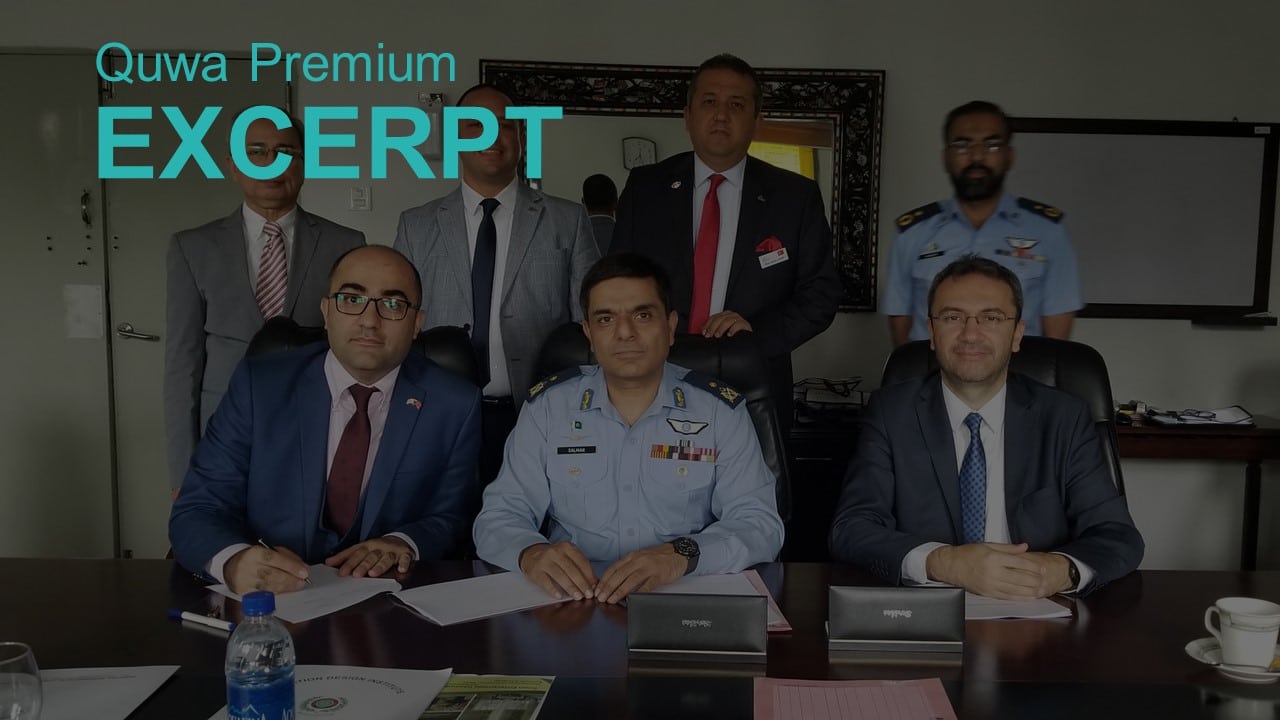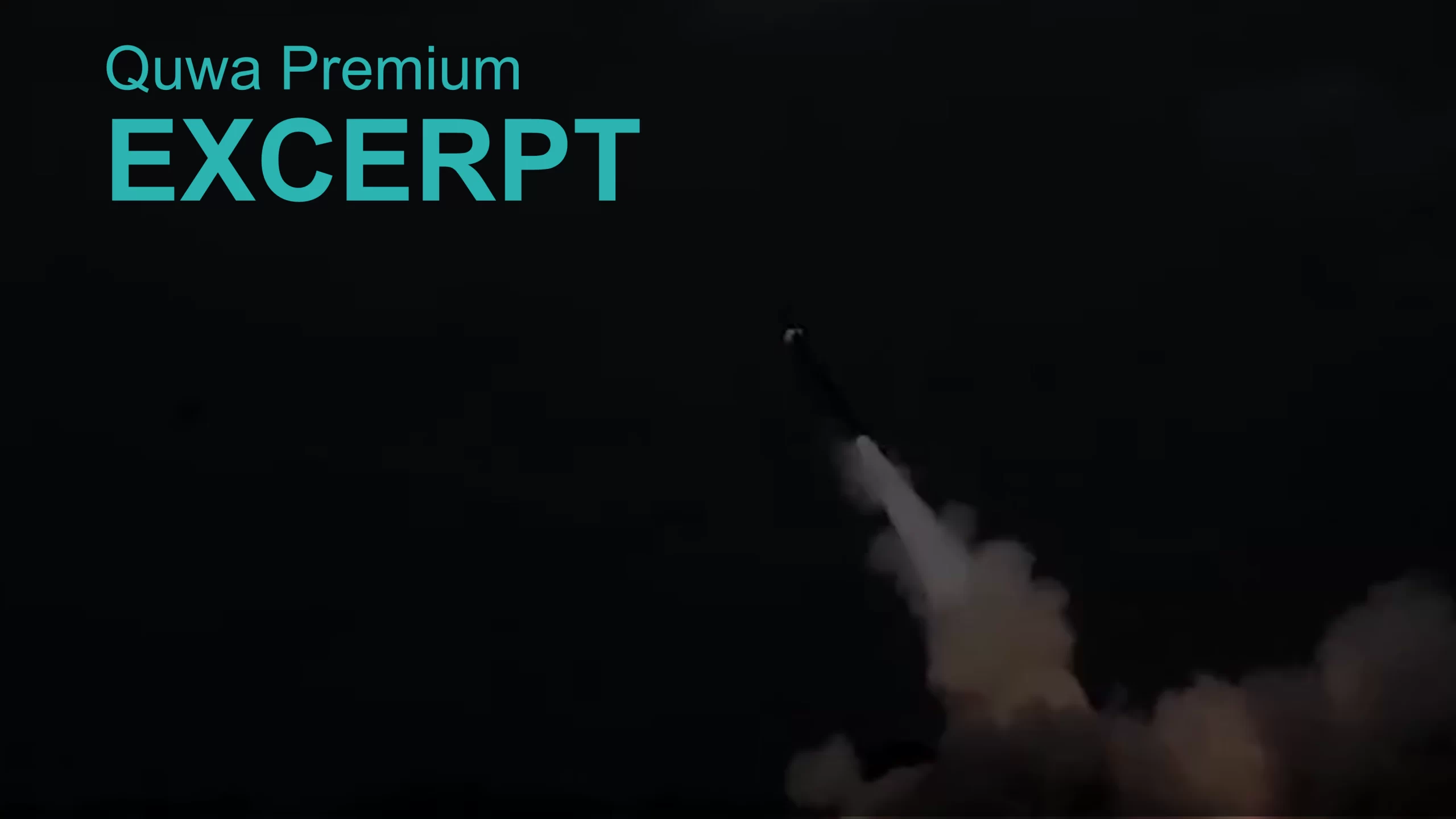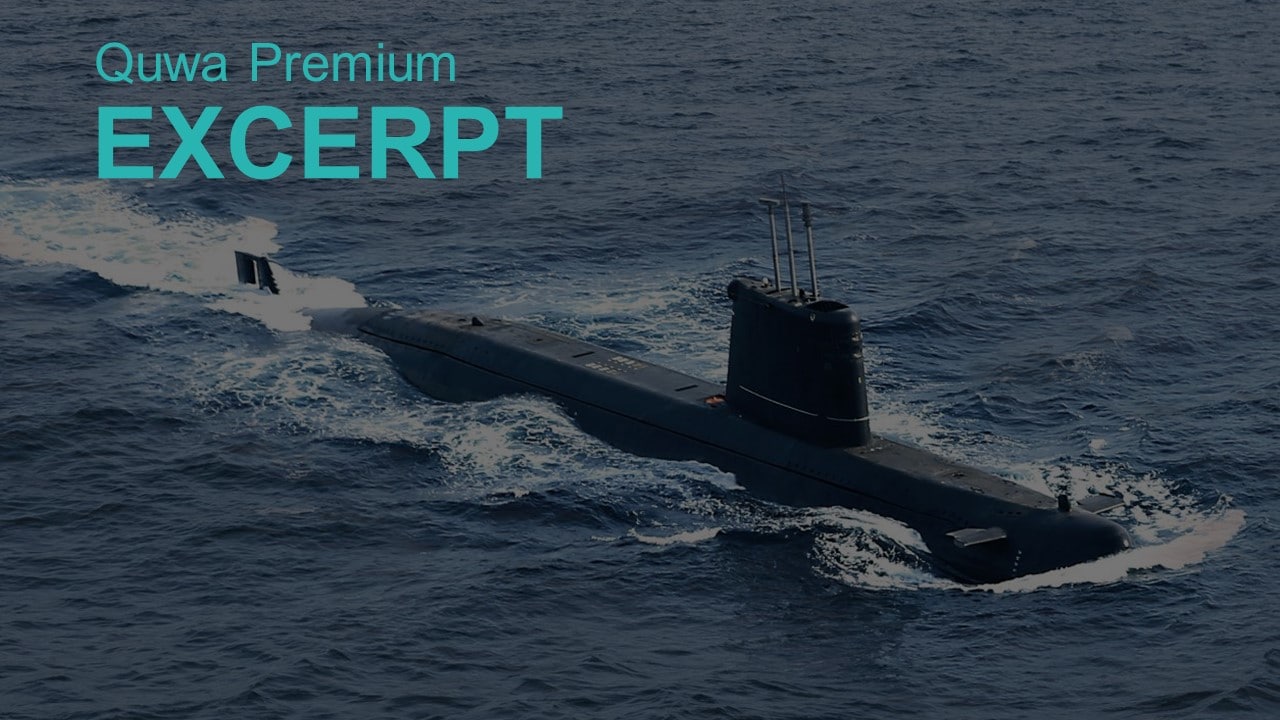2100Views

Update: Pakistan Unmanned Aerial Vehicle (UAV) Program
On 21 May, Pakistan Aeronautical Complex (PAC) and Turkish defence electronics manufacturer Havelsan signed a memorandum-of-understanding (MoU) to collaborate on unmanned aerial vehicles (UAV).[1]
Under the MoU, PAC and Havelsan will collaborate in the following domains: (1) mission computers; (2) ground control stations (GCS); (3) sensor-integration; and (4) weapon control computers.[2] They will also co-develop a ‘live, virtual and constructive (LVC) training’ system for combat aircraft.[3]
PAC and Havelsan also agreed to undertake joint-research and development (R&D) activities at the Kamra Aviation City complex, which was inaugurated by the Pakistan Air Force (PAF) in July 2017.[4]
The MoU joins a line of other defence agreements signed by Turkey and Pakistan, among them a number of big-ticket purchases by Pakistan, notably for 30 T129 attack helicopters and four MILGEM corvettes. In fact, Turkey has booked nearly $3 billion US in defence contracts from Pakistan.
However, this MoU between PAC and Havelsan is the first of development-oriented agreements intended to contribute towards Pakistan’s domestic defence programs. In this case, the MoU is clearly directed at supporting the medium-altitude long-endurance (MALE) UAV program under Project Azm.[5]
Project Azm (‘resolve’ or ‘determination’ in Urdu) is the PAF’s long-term initiative to domestically develop a MALE UAV and a fifth-generation fighter (FGF). The design work for both platforms is being undertaken by PAC’s Aviation Design Institute (AvDI), which is also a key piece to the Kamra Aviation City initiative.
Quwa Premium offers timely, objective and thoroughly researched information and analysis of Pakistani defence news in all domains | Learn More
According to the previous PAF Chief of Air Staff (CAS) – Air Chief Marshal (ACM) Sohail Aman – the MALE UAV project was in its “final stages of design” and would enter production in 18 months (as of December 2017).[6][7] Considering the time it would take to thoroughly test a UAV, the production element mentioned by the ACM (retired) Sohail Aman likely refers to a prototype. In other words, it will take longer than just 18 months to test, certify and push a MALE UAV design into serial production.
Granted, there will be external skepticism regarding the extent of indigenous input in Project Azm. But it is no secret that Pakistan lacks the necessary industrial inputs to design, develop and manufacture UAVs on a truly turnkey basis. In fact, outside of the United States, France and China, few – if any – countries can claim an entirely turnkey project without any external inputs or overseas collaboration.
However, lacking the inputs for a full turnkey solution need not prevent Pakistan from original design and integration work. As discussed in an earlier Quwa Premium article, Pakistani defence suppliers could build the capacity to understand how to integrate disparate subsystems and materials into original solutions. It would still rely on foreign suppliers, but it could bypass original equipment manufacturers (OEM) and their mark-ups by directly approaching input suppliers (e.g. for composites, propulsion, etc) and achieve more control over the pricing and capabilities of its final product (albeit to lesser degree than turnkey solutions).
The PAC-Havelsan MoU could reflect that approach in Project Azm’s MALE UAV program. In other words, an original solution that combines indigenous development work with overseas subsystems, inputs and, potentially, expertise. However, there is a related possibility as well, and that is the prospect of Pakistan and Turkey sharing in the funding – and ownership – of development programs. This could have different ramifications, though it is unclear how likely they are to come to fruition.
End of Excerpt (553/1,605 words)
The full article is available to Quwa Premium subscribers here.
[1] Public Statement. Havelsan. 21 May 2018. URL: https://twitter.com/HAVELSANResmi/status/998510584860741633
[2] “Havelsan and Pakistan Aeronautical Complex Shake Hands for UAV Technologies.” MSI Turkish Defence Review. June 2018. Issue 56.
[3] Ibid.
[4] Ibid.
[5] Press Release. “Groundbreaking Ceremony of Aviation City and Air University Aerospace & Aviation Campus held at Kamra.” Pakistan Air Force. 06 July 2017. URL: http://www.paf.gov.pk/press_release/uploaded/1503661222.pdf (Last Accessed: 18 January 2018).
[6] Speech (English). Air Chief Marshal Sohail Aman. Pakistan Air Force. July 2017. via Abbtak’s YouTube Channel. URL: https://www.youtube.com/watch?v=wIUi6xNJue0 (Last Accessed: 31 July 2018).
[7] Naveed Siddiqui. “Intruders traced on radar won’t be able to go back, warns air chief.” Dawn News. 07 December 2017. URL: https://www.dawn.com/news/1375166/intruders-tracked-on-radar-wont-be-able-to-go-back-warns-air-chief (Last Accessed: 30 July 2018).


